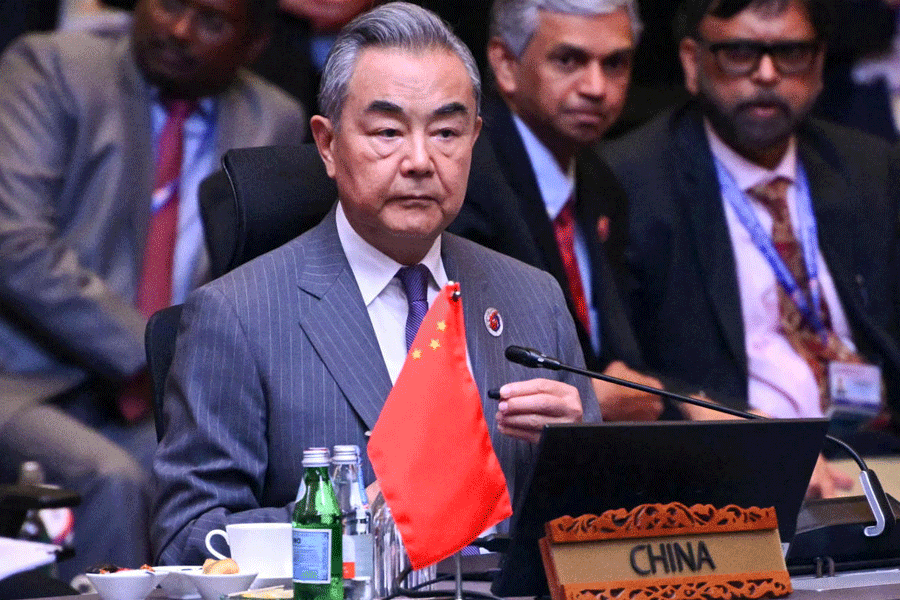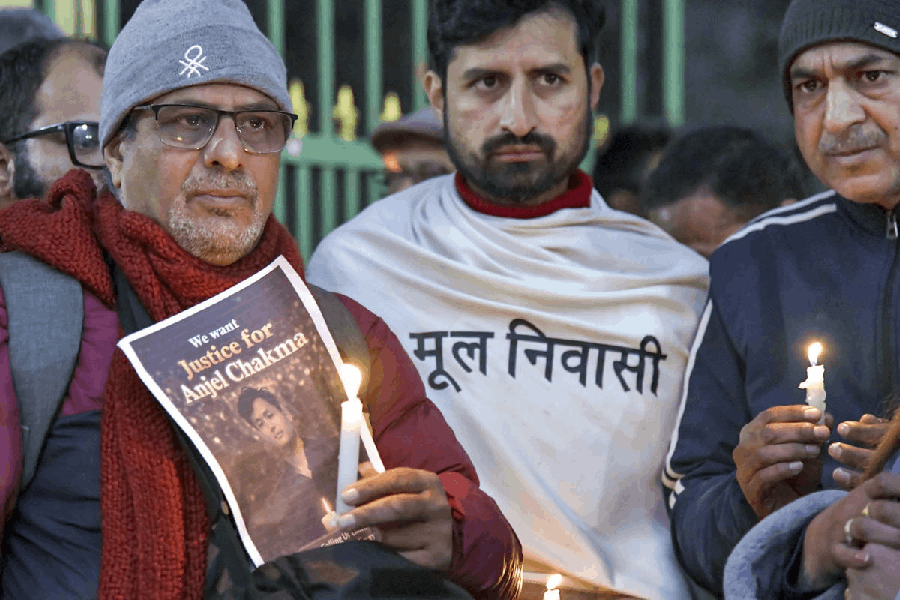 |
| IT’S SHOW TIME: There are roughly 3,000 podcasters in India. These are largely bloggers who use podcasts as an extension of their blogs |
Kiruba Shankar has issued one entry clause for people attending the conference on blogging, podcasting, videocasting and social media, to be held in Chennai in September this year. Each participant will either have to present a paper or create and upload a podcast of the conference. “This will make the conference interactive and generate a first-hand experience about new media like podcasting,” says Shankar. Some 400 people are expected to attend the conference, which is being touted as the first-of-its-kind in India.
Called the Blog Unconference ? because it’s unlike any other conference ? it will be a mixture of workshops, practical demos, interactive quizzes, discussions and games. “The conference will be a platform to promote podcasting as a new medium of expression,” says Shankar.
As content becomes king, podcasting is set become the new way to communicate. “People want to communicate on the go. They want content to be available anytime, anywhere,” says Bangalore-based non-resident Indian Kamla Bhatt, who runs a features-based podcast show called the Kamlabhattshow.
Apple has hailed podcasting as the ‘new generation radio’. Podcasting ? a word derived as a mix of iPod and broadcasting ? is essentially user-generated content that can be downloaded on a computer or an iPod. Wikipedia describes podcasting as a method of publishing files on the Internet, allowing users to subscribe to a feed and receive new files automatically. It became popular in late 2004 and is used largely for audio files.
In its early days, podcasting was used only to download popular music. Now users are using the technology to hear text-based information while on the move. The New York School of Photography has made podcasts of photography lectures, which anyone can download from the Internet. Stanford University provides podcast versions of lectures to its students ? they can listen to them in their free time. A teacher in China uses podcasts to teach Mandarin. “Podcasting has opened limitless possibilities of providing content to Internet-users,” says Bhatt.
Even so, podcasting usage remains low in India. “Although blogging is big in India, the number of people who have taken up podcasting is astonishingly low,” says Amit Agarwal, an Agra-based professional blogger. Furnishing figures, Agarwal says that among the third world nations, India and Brazil have the highest numbers of bloggers. “But podcasting has not caught Indian bloggers’ fancy. There are only a handful of India-based podcasting sites,” he adds. Agarwal is working on introducing podcasts on his blogs by next month.
 |
| HOWZZAT! Sunil Gavaskar has started a cricket podcast |
The blogger feels techno-phobia keeps Internet buffs from podcasting. “In India, Internet users assume that podcasting needs heavy duty technology,” says Agarwal. That’s actually not true. “To podcast, all you need is a microphone and software called audacity which allows you to record,” he says.
Podcast listeners, on the other hand, can subscribe to feeds using ‘podcatching’ software which periodically checks for and downloads content. It can then sync the content to a portable music player. Any digital audio player or computer with audio-playing software can play podcasts. The same technique can deliver video files. Some podcatching software plays both video as well as audio files.
The numbers may be minimal, but podcasting is slowly becoming a new medium to communicate in India. Sify.com was the first portal to launch podcasting formally in India in August 2005. The firm sees a future in this media. “There are roughly 3,000 podcasters in India. These are largely bloggers who use podcasts as an extension of their blogs,” says Surya Mantha, senior vice president, interactive services, Sify. But Mantha feels podcasting is finding a new user base. “We have seen an increasing number of amateurs trying their hand at creating new podcast programmes,” he says.
The list of Indian podcast programmes is brief. In March this year, Kamla Bhatt soft-launched the Kamlabhattshow. “I upload three shows a week. It’s about life, people and ideas,” says Bhatt. In the first week of its launch, Bhatt’s show recorded 1,000 downloads. “But most of the traffic came from the US,” she says. As downloads are free and there are no advertisements coming in yet, Bhatt is a long way from breaking even.
Former cricket Sunil Gavaskar has started a cricket podcast show on Yahoo! India. The podcast is produced whenever there is a cricket match with India playing at one side. A site called podmasti.com deals exclusively with Bollywood-based podcasts.
Bhatt forsees podcasting as the next step to blogging. “If you post a message, you have to write reams of content. In podcasting you just talk,” she says.
Moreover, as iPods gain popularity in India, so will podcasting, predicts Bhatt. A Bangalore-based department store, Fab Mall, sells about 10 iPods every day. “That’s good for starters,” says Bhatt.
While the Indian market is minuscule, Apple ? whose iPods brought podcasting to the forefront ? is optimistic about podcasting. Its iTunes 4.9 includes a podcast directory listing over 3,000 free audio programs and has the ability to automatically send new episodes of podcasts to a computer.
Research firm Gartner has said Apple’s move will help consumers better manage podcasts and will make on-demand technology more attractive to Internet content providers.











